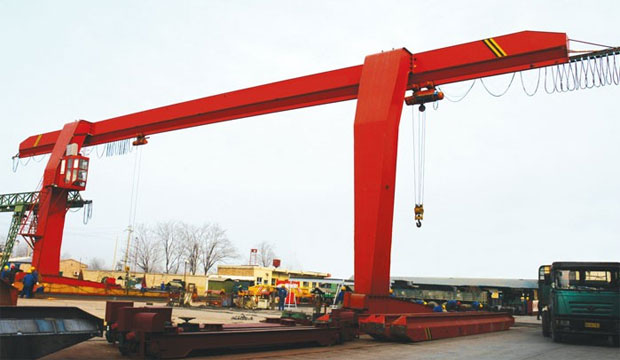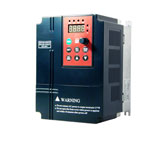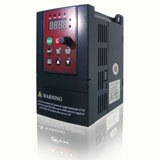VFD in Crane and Hoist Applications
None of the overhead hoist and crane manufacturers, service and sales companies, out of the more than 1,500 we deal with directly, are using other than asynchronous motors. When we discuss the 90% efficiency achievable via the use of variable frequency drives (VFD), it's not optimistic, it's factual. Is it always the case? Maybe not, but in reality these efficiency figures have reached 94%.

As regards the continuing usage of asynchronous motors in Overhead Hoist and Crane applications, if there is a manufacturer using anything other than that, with the exception of consequential pole motors, I am in touch with many and as yet that roster remains, to the most current information I have available, empty.
With regards to encoder usage in hoisting applications, sensorless vector is indeed in use by manufacturers in the US and abroad, and though I'm not entirely sold on that as yet, it seems to be working. Time will tell, but so far, I'm not aware of attributable accident reports. But, asynchronous motors are convenient for all overhead crane motions, without limitations as to traversal or hoisting applications. I'm not as yet certain, either, that the research and testing it would take to prove the motors you propose are indeed universally applicable, would reach the market with competitive pricing to asynchronous units in any sense of an immediate future. There would have to be a viable incentive in all factors to be considered, that hasn't as yet arisen.
I really doubt the overhead crane industry would turn a blind eye to a better motor, but you must consider the reality of the applications regarding the receptiveness of the equipment buyers. They are the ones with the sign over their doors, and with the liability of injury risks and/or equipment damage potential, there is an understandable reluctance to try other than the proven.
Personally, when I introduced the VFDs I am using into the overhead crane industry, though the manufacturer of them is well known worldwide and very favorable, nobody in the OHC industry in the US had heard of them. It took me literally nearly 9 years to gain acceptability before gaining universal acceptance and the question from the potential end user was always the same: "Who else has used these for years without problems?" That had to be answered with references, and until it was, it was a one at a time proving ground effort. While I can't disagree with any potential component improvement efforts and the benefits they may bring, two factors remain in place. One is the component cost. The other is the end user attitudes that basically amounts to a 'Go fight city hall' change prospective for acceptance.

As regards the continuing usage of asynchronous motors in Overhead Hoist and Crane applications, if there is a manufacturer using anything other than that, with the exception of consequential pole motors, I am in touch with many and as yet that roster remains, to the most current information I have available, empty.
With regards to encoder usage in hoisting applications, sensorless vector is indeed in use by manufacturers in the US and abroad, and though I'm not entirely sold on that as yet, it seems to be working. Time will tell, but so far, I'm not aware of attributable accident reports. But, asynchronous motors are convenient for all overhead crane motions, without limitations as to traversal or hoisting applications. I'm not as yet certain, either, that the research and testing it would take to prove the motors you propose are indeed universally applicable, would reach the market with competitive pricing to asynchronous units in any sense of an immediate future. There would have to be a viable incentive in all factors to be considered, that hasn't as yet arisen.
I really doubt the overhead crane industry would turn a blind eye to a better motor, but you must consider the reality of the applications regarding the receptiveness of the equipment buyers. They are the ones with the sign over their doors, and with the liability of injury risks and/or equipment damage potential, there is an understandable reluctance to try other than the proven.
Personally, when I introduced the VFDs I am using into the overhead crane industry, though the manufacturer of them is well known worldwide and very favorable, nobody in the OHC industry in the US had heard of them. It took me literally nearly 9 years to gain acceptability before gaining universal acceptance and the question from the potential end user was always the same: "Who else has used these for years without problems?" That had to be answered with references, and until it was, it was a one at a time proving ground effort. While I can't disagree with any potential component improvement efforts and the benefits they may bring, two factors remain in place. One is the component cost. The other is the end user attitudes that basically amounts to a 'Go fight city hall' change prospective for acceptance.



